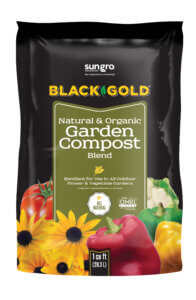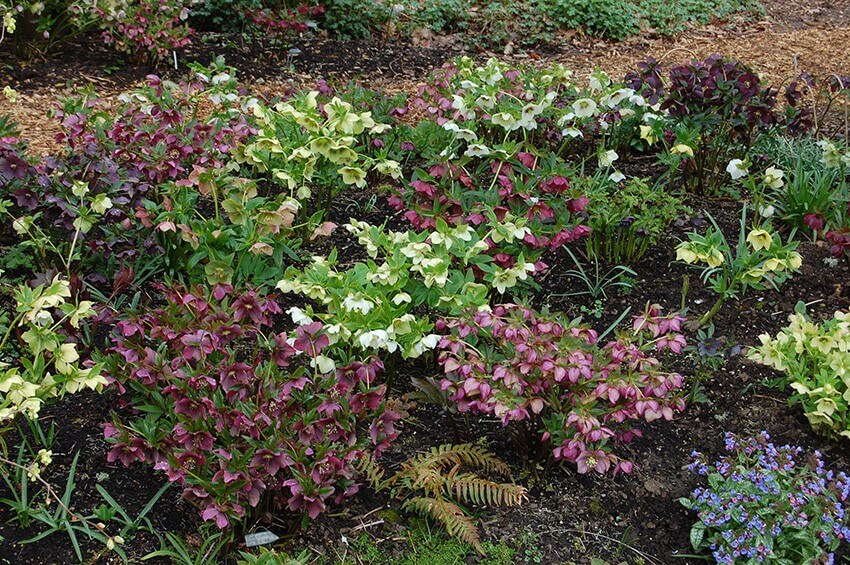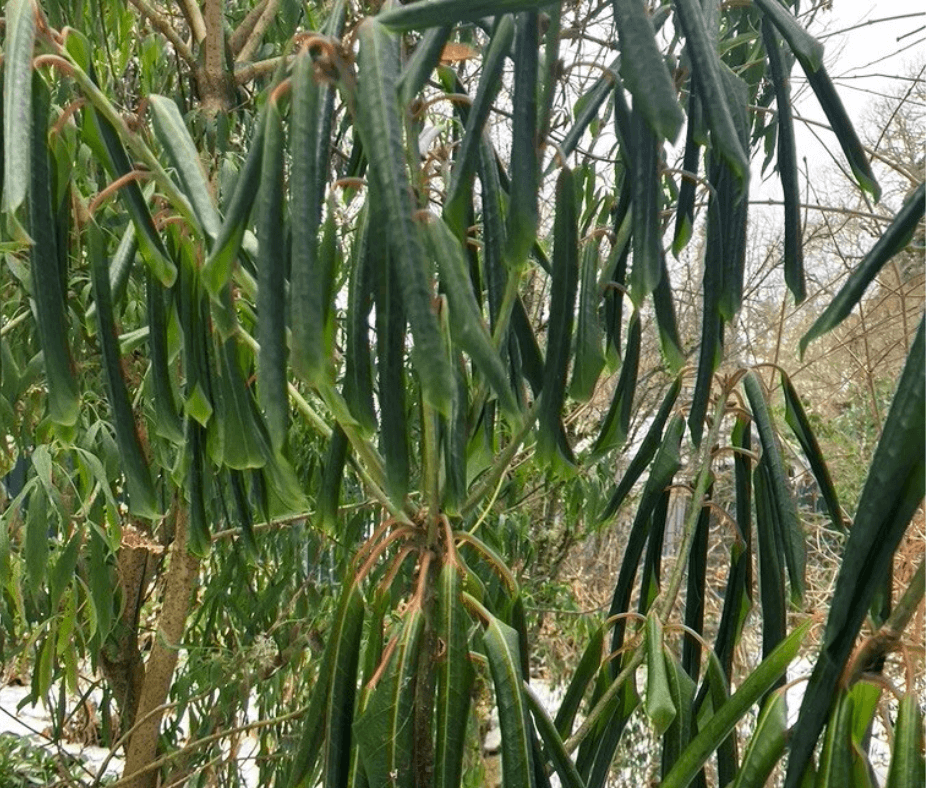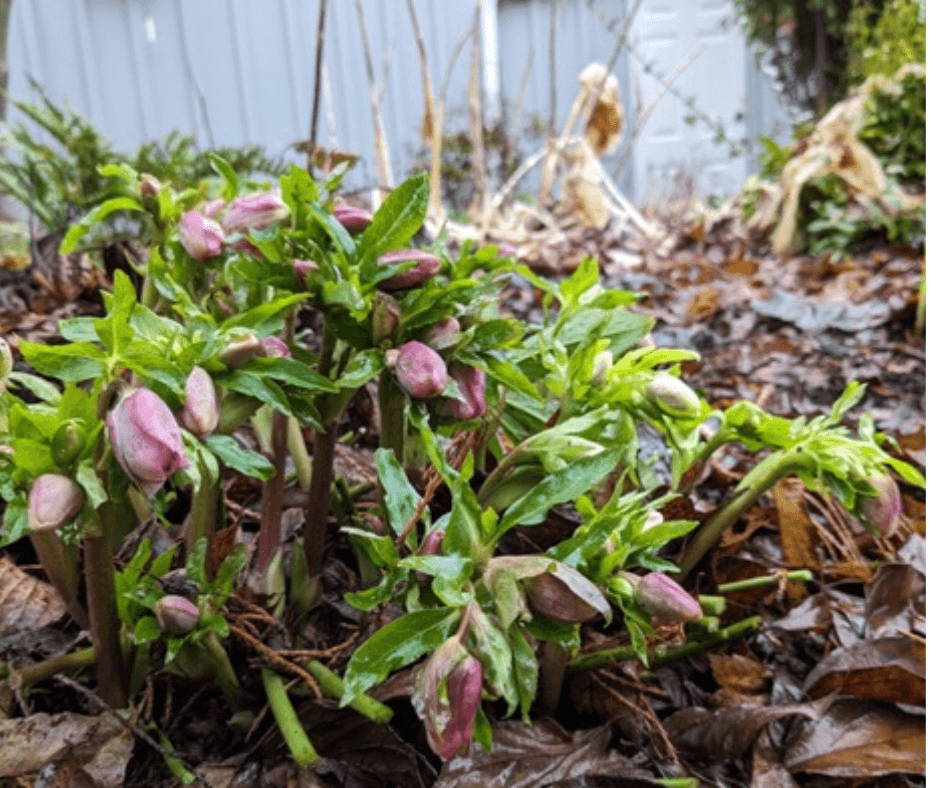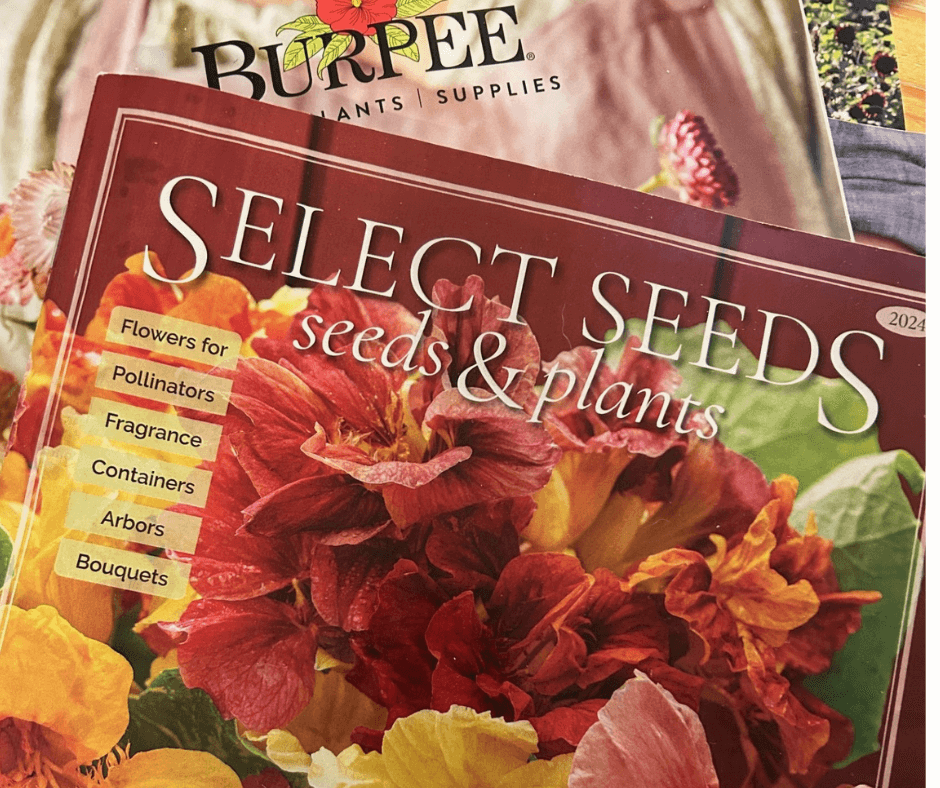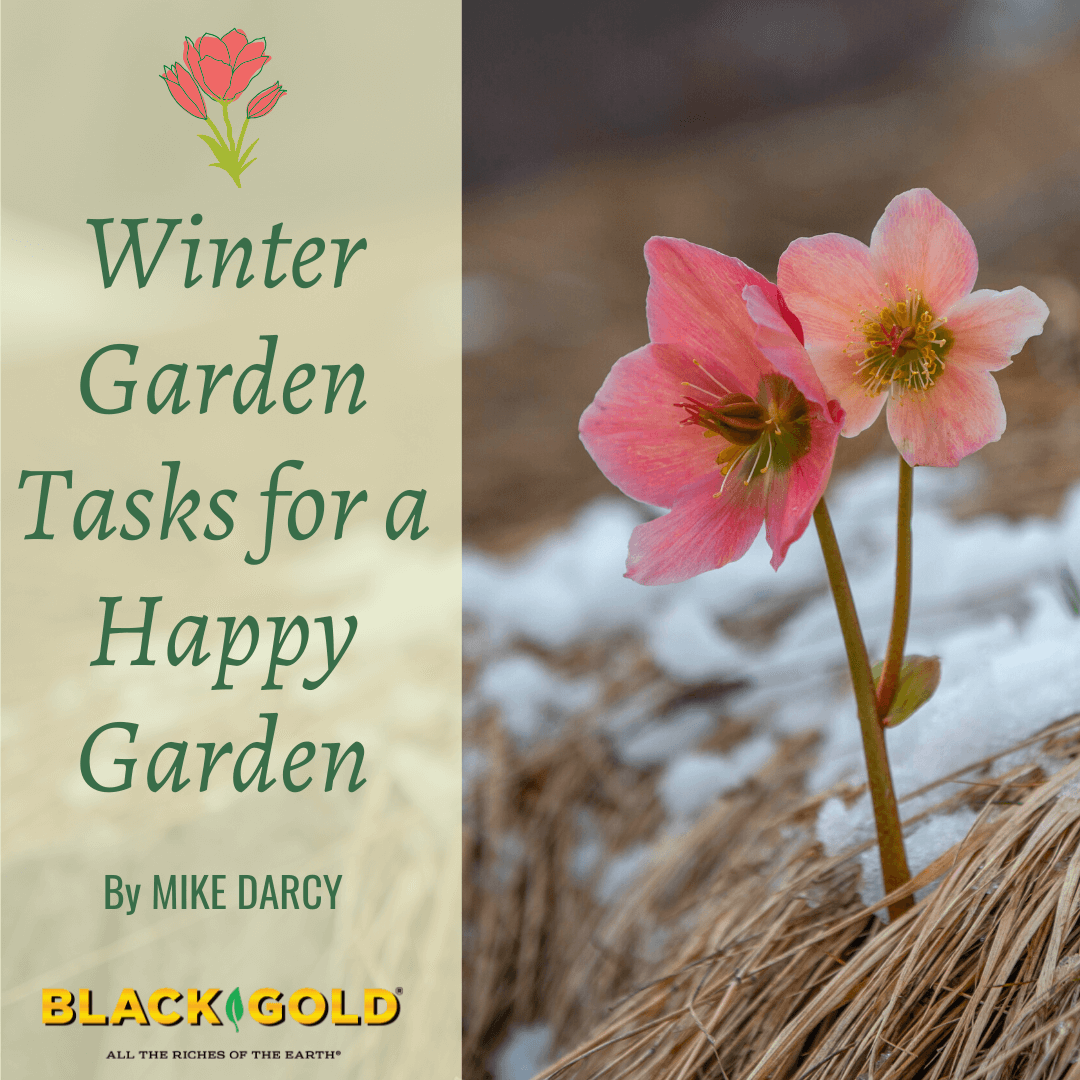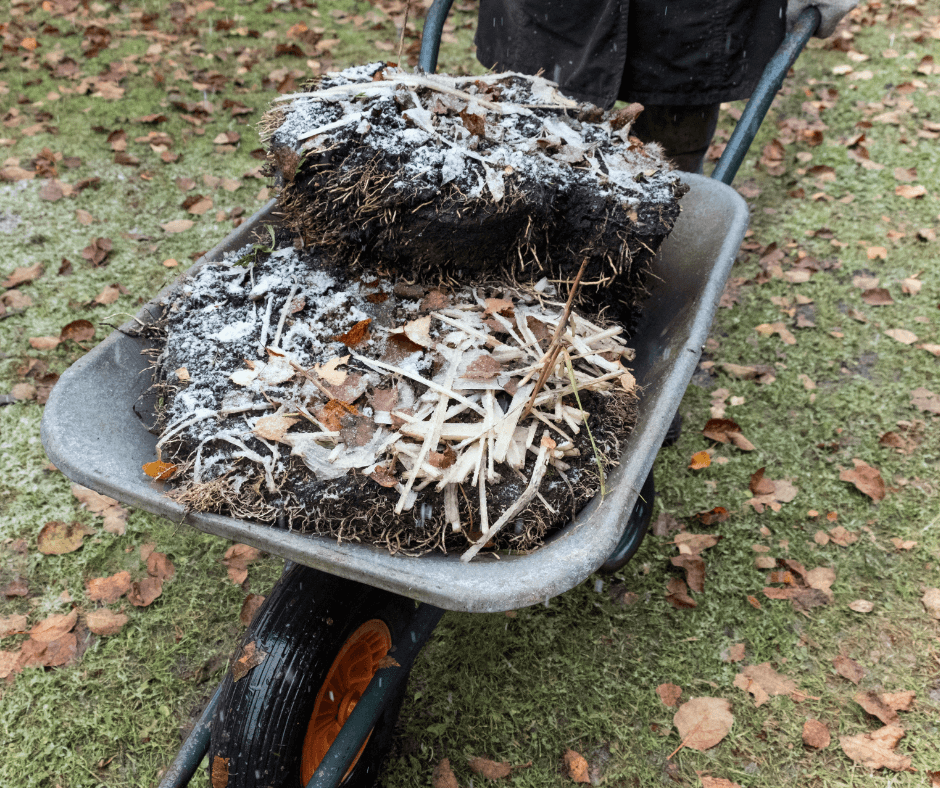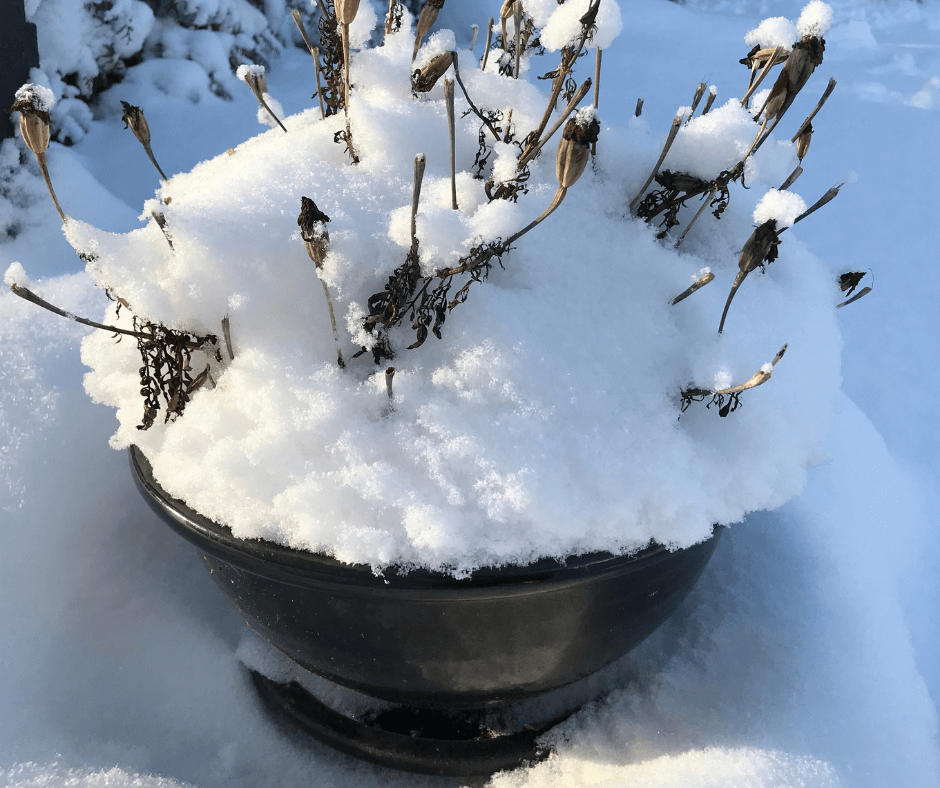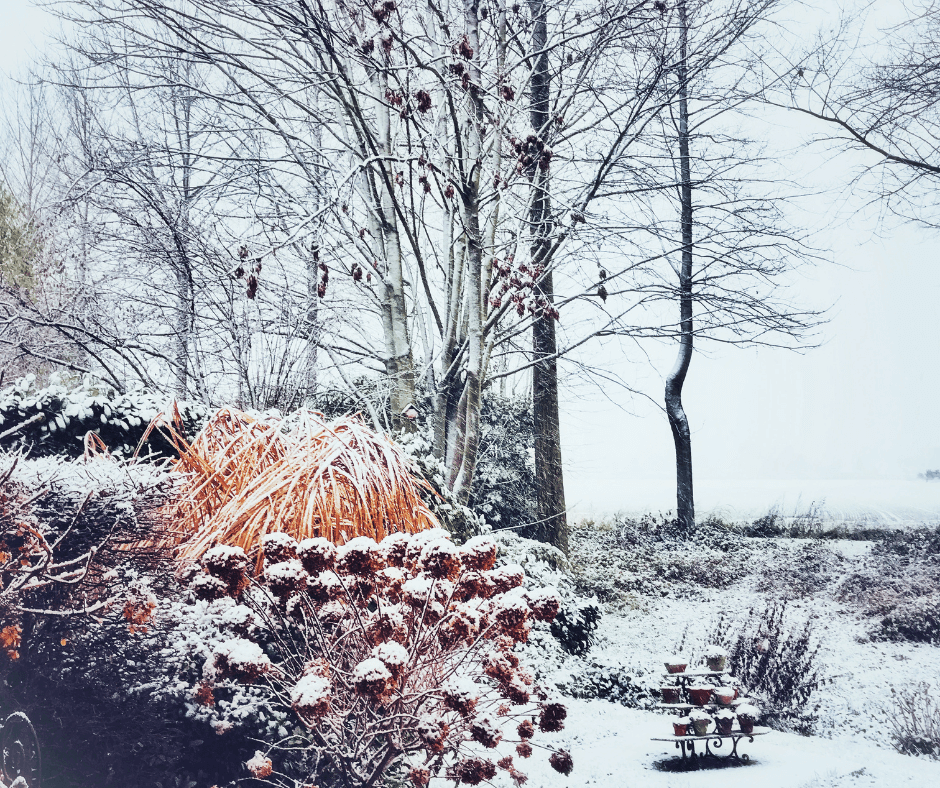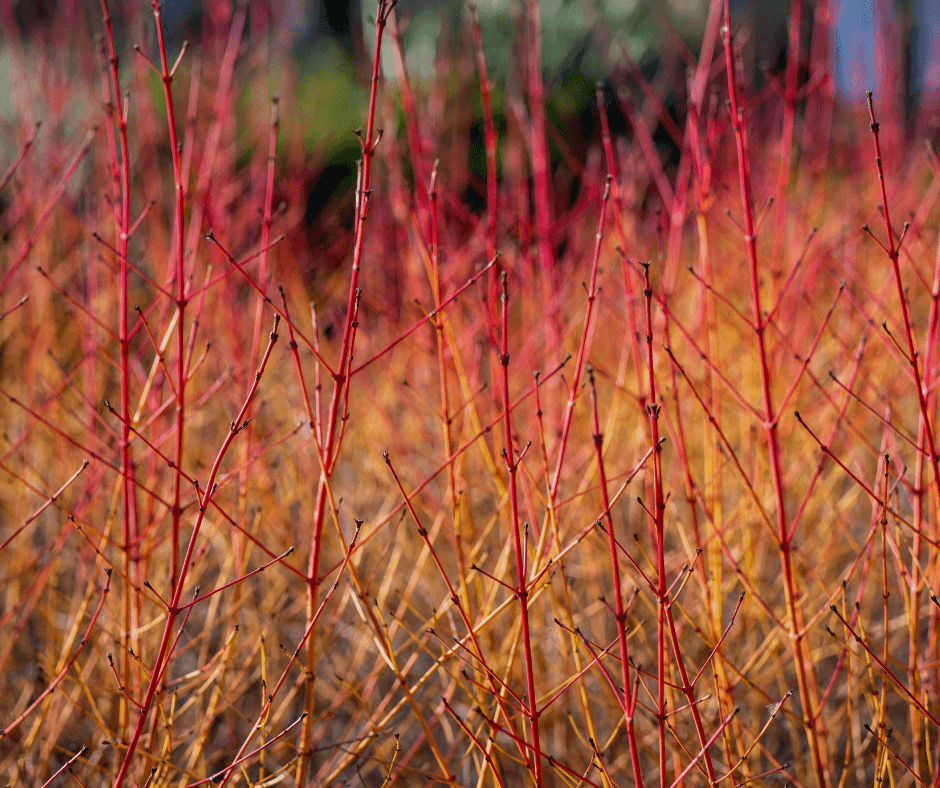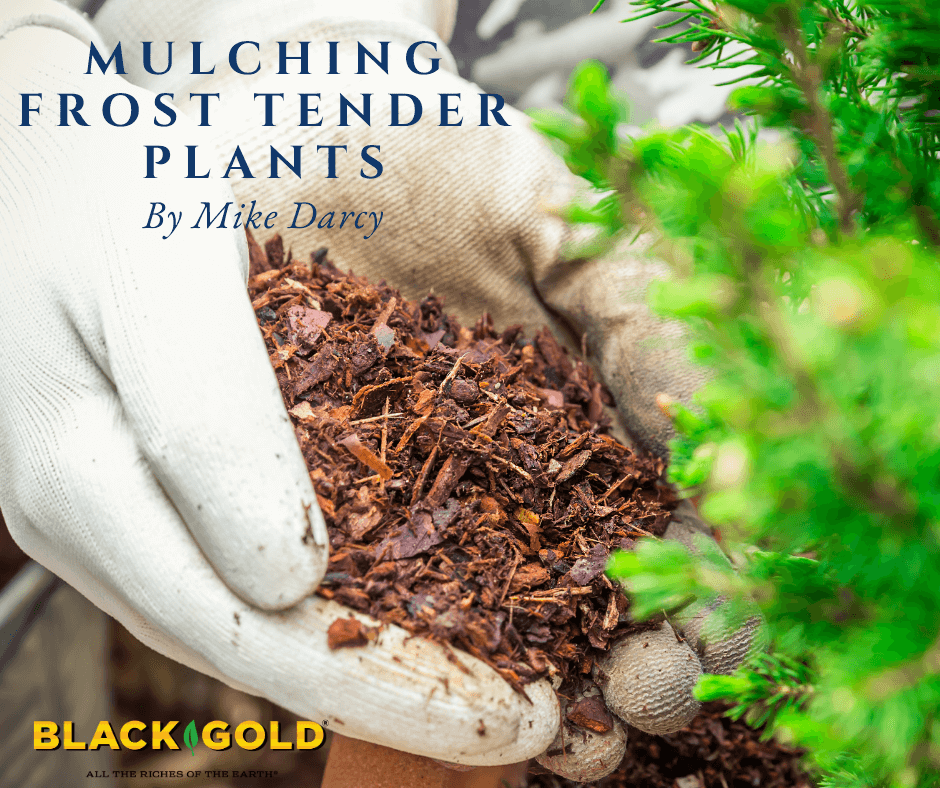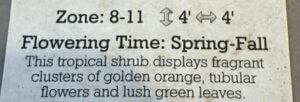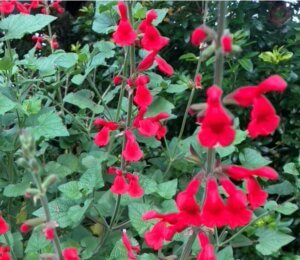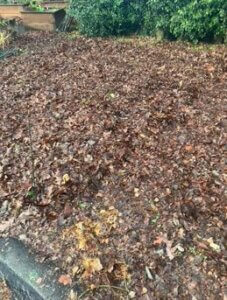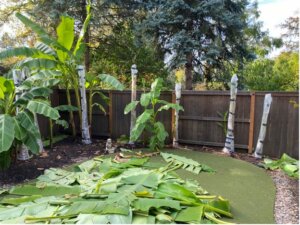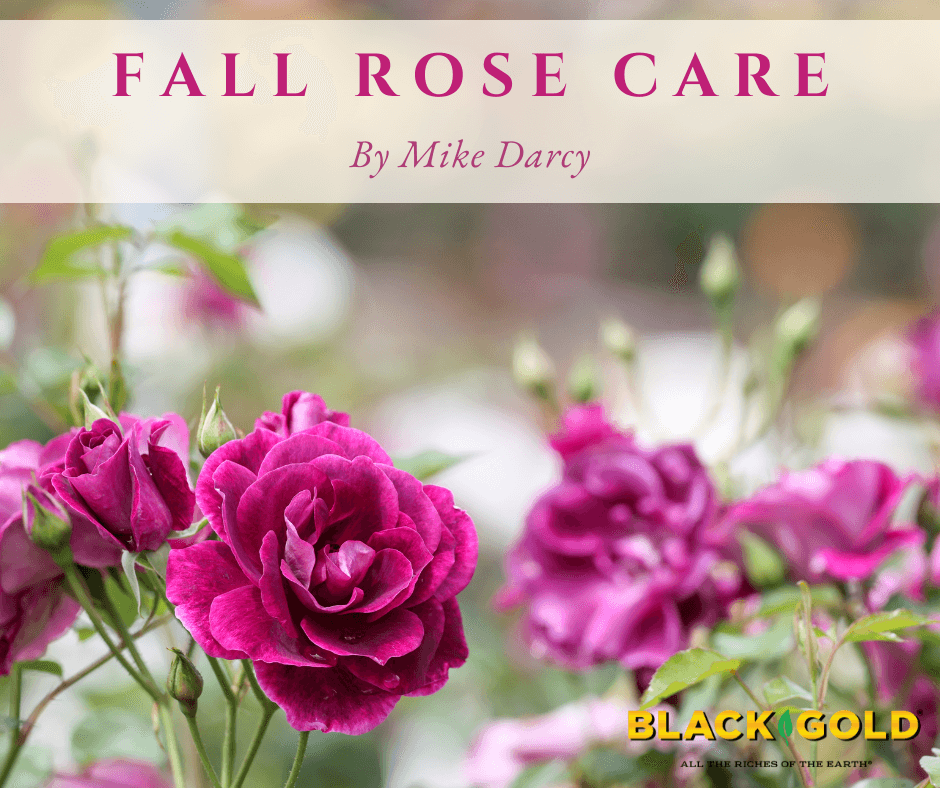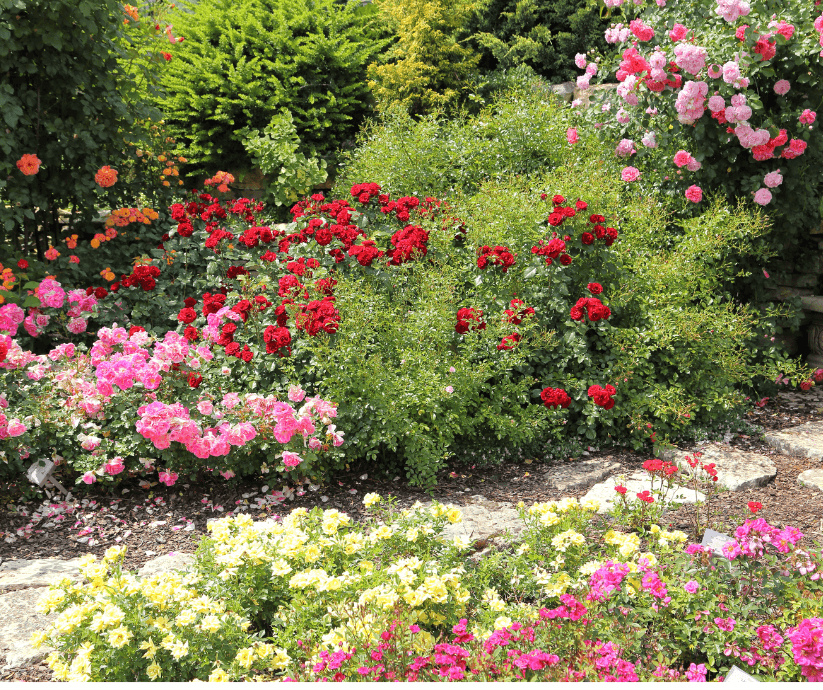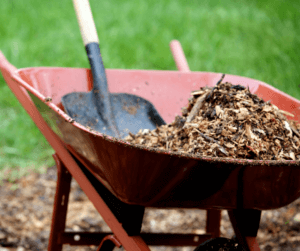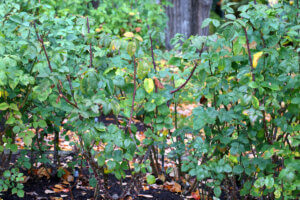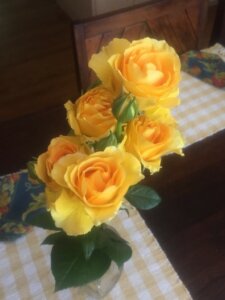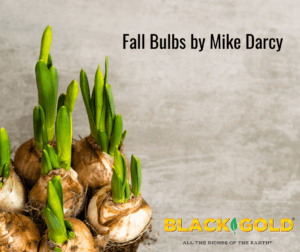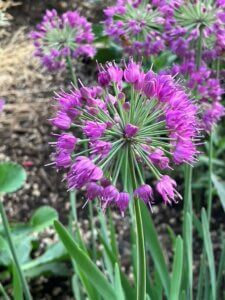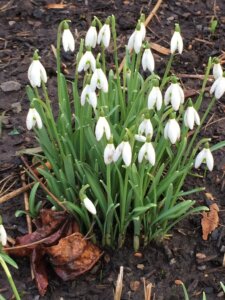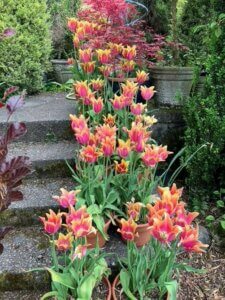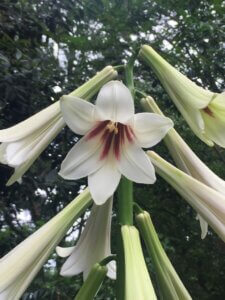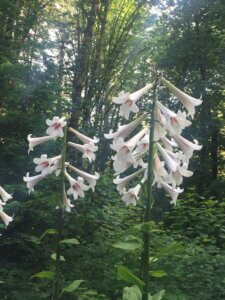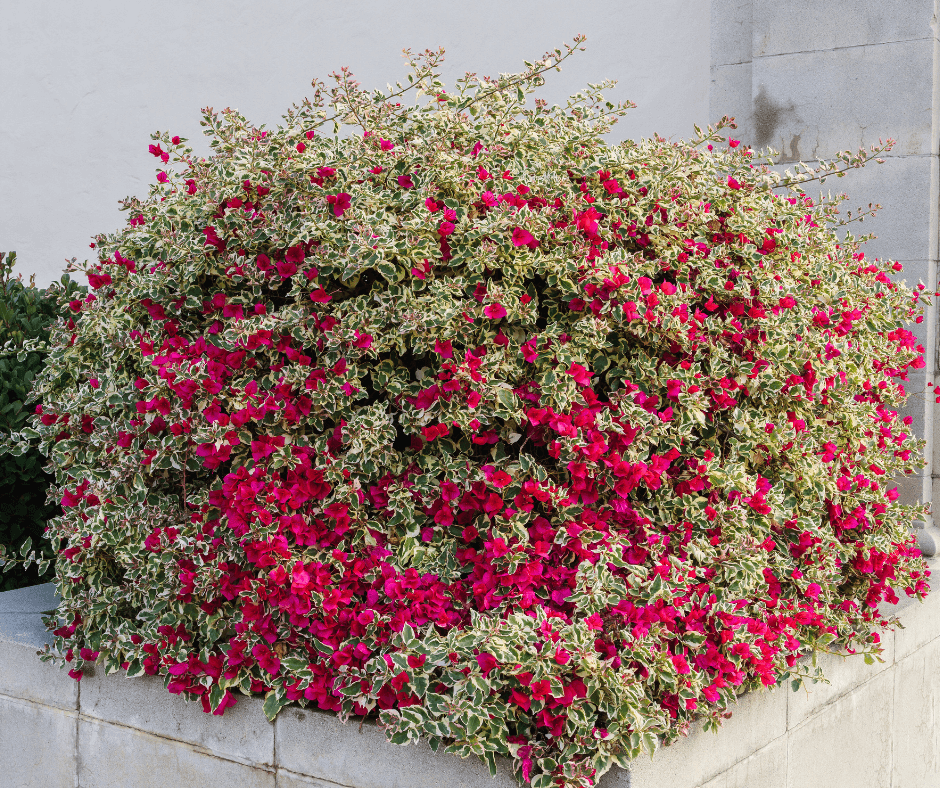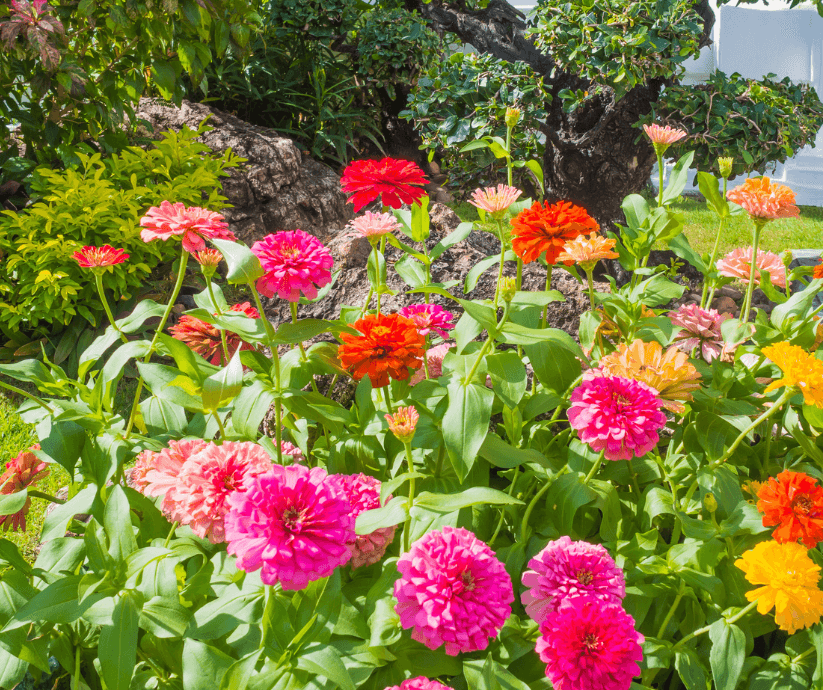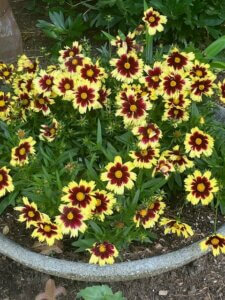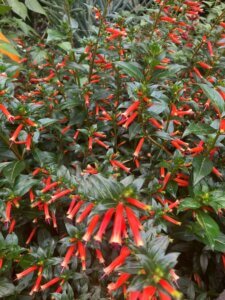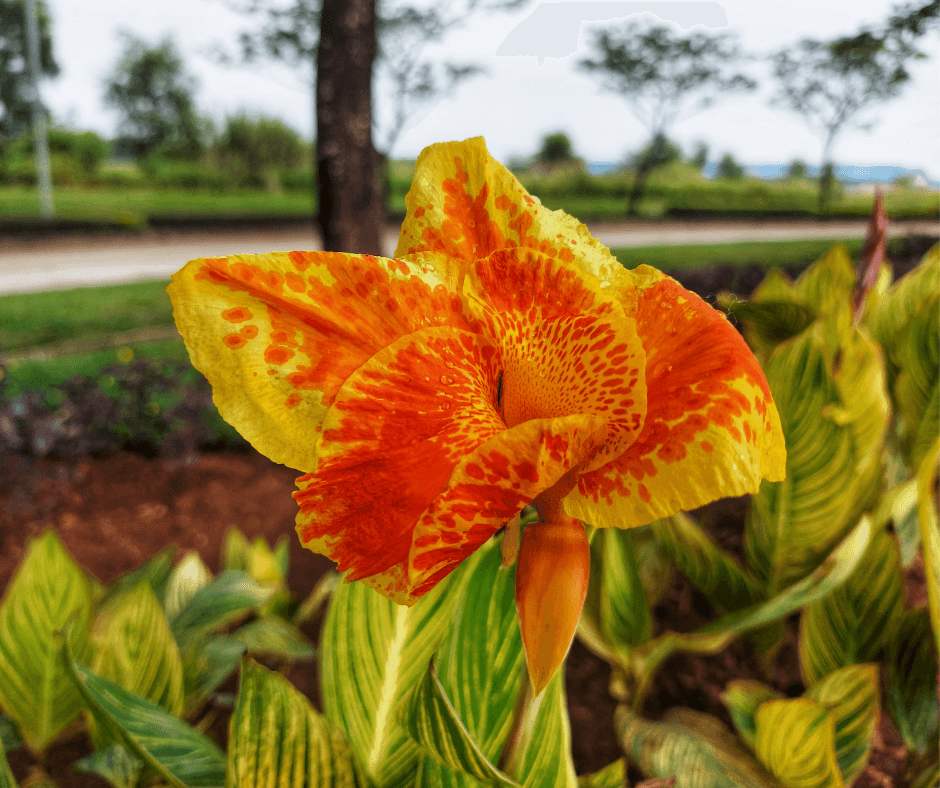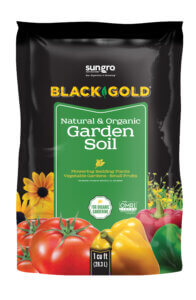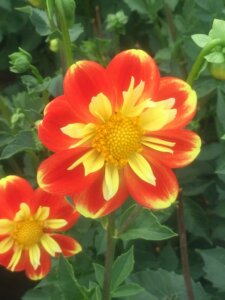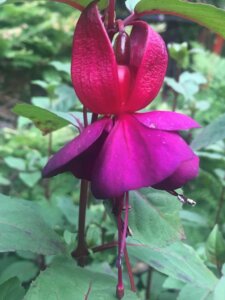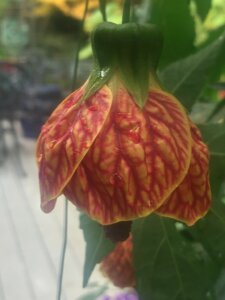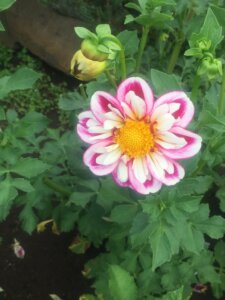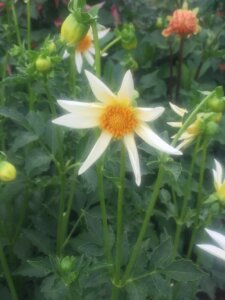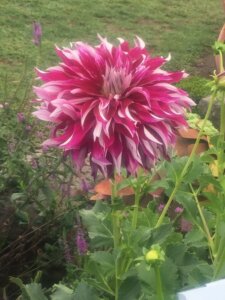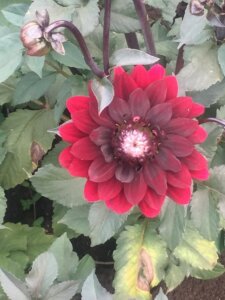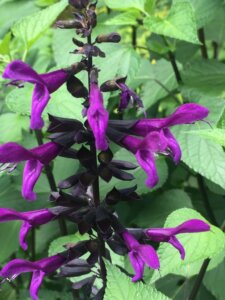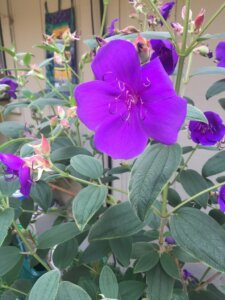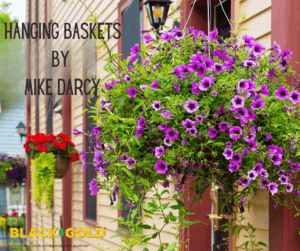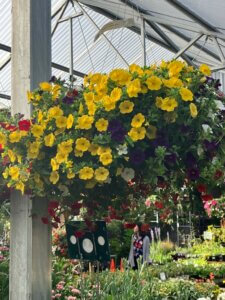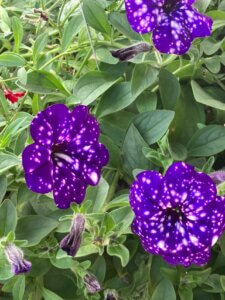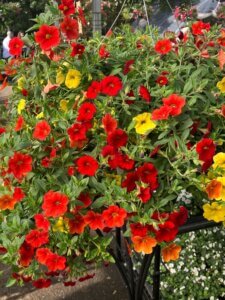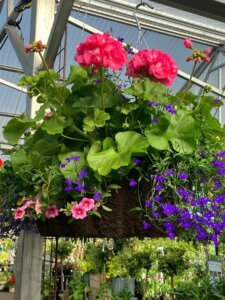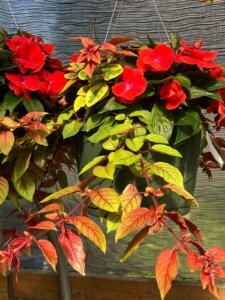Spring is here! Officially it was March 20th, but I knew it was spring as soon as I saw the daffodils emerge. The hellebores have been glorious this year, but as their late-winter flowers slowly fade, new colors appear in the garden. The red stems of the peonies have started to peek out after being dormant all winter, the early magnolias are blooming, and the sweet fragrance of daphne lets my family know that spring has begun.
This is a wonderful time of year in the garden, with lots to do but so much to be thankful for. Yes, there are many tasks required, but most of those tasks are not burdensome. Instead, they are rather enjoyable because as gardeners, we are getting ready for a new growing season with lots of promises in store.
Refreshing Garden Containers
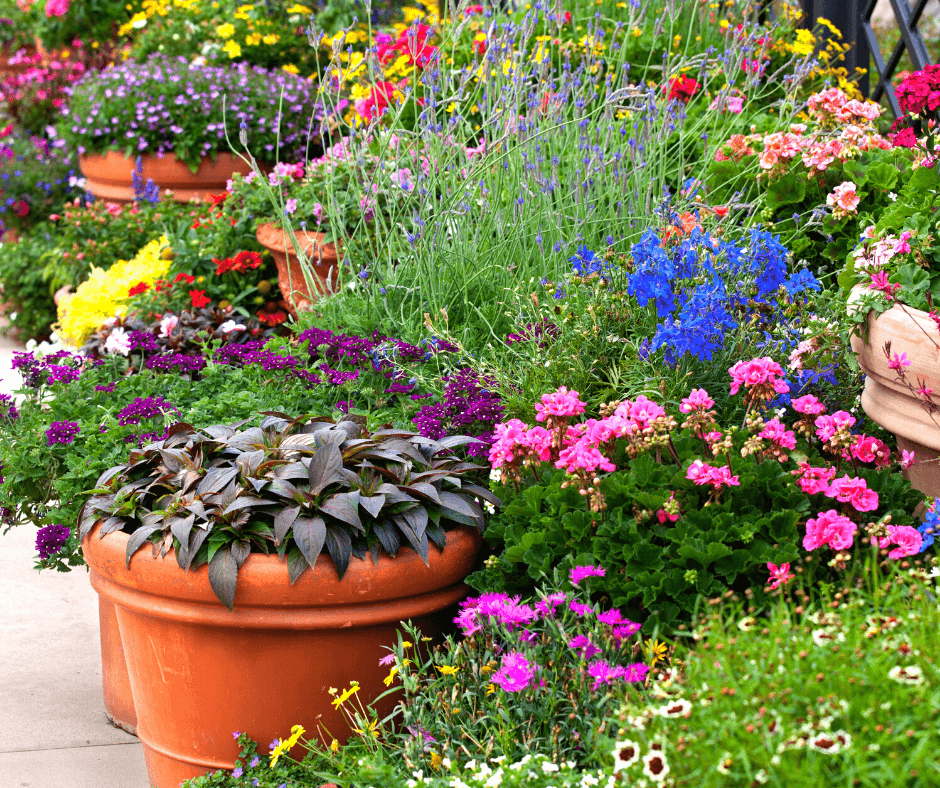
One of my early tasks is to freshen up my many containers, of which I have 100+ scattered throughout the garden. It is a chore, no question about that, but I always like to add new potting mix to containers as needed. In some of the large pots, instead of removing all of the older potting mix, I take out about half and add new and mix the two together. In most of the smaller pots, if the mix has not been changed for a couple of years, I empty the old and add new. With the old mix, I use it around established trees and shrubs in the garden as a mulch.
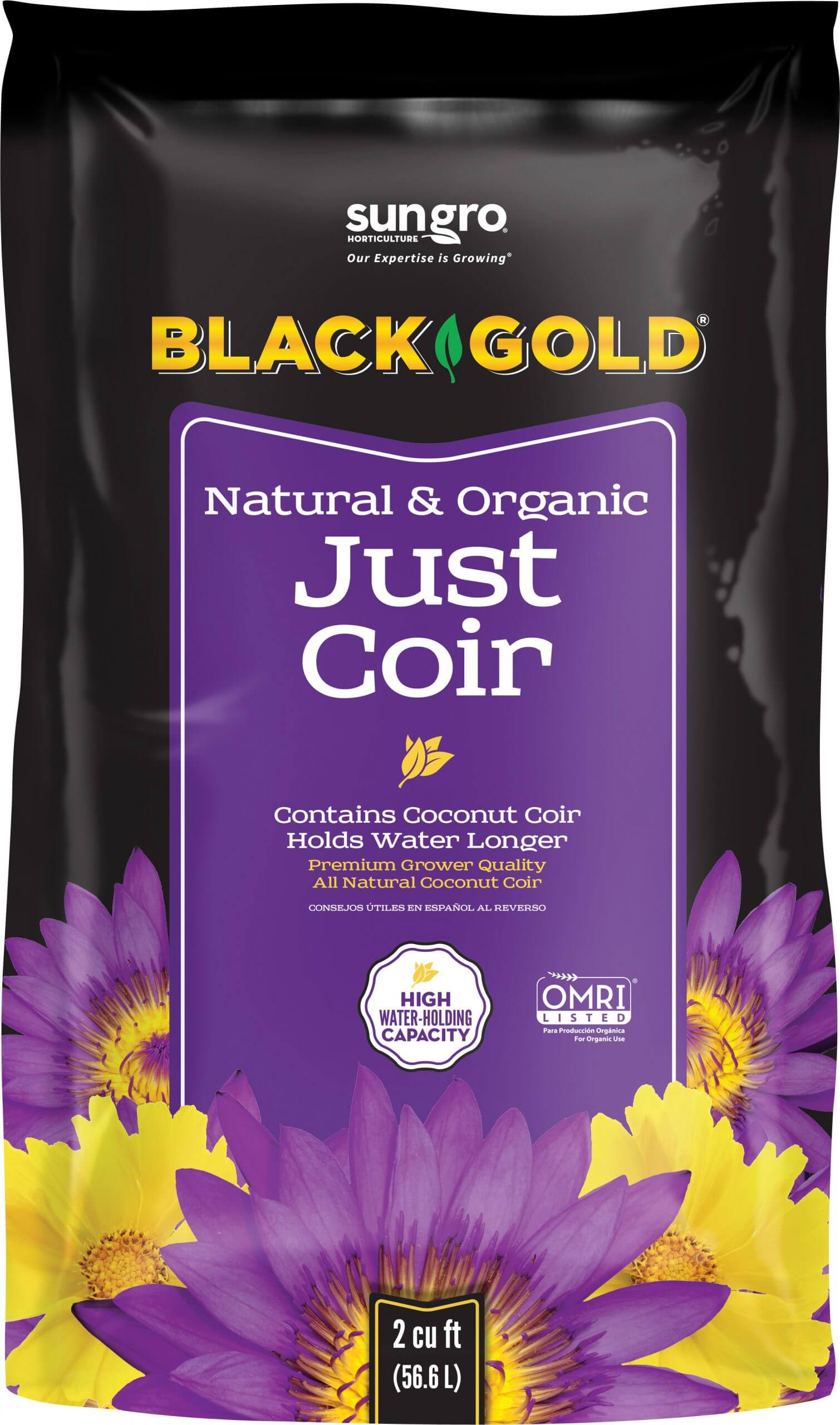 My planting mix of choice is Black Gold Natural & Organic Potting Mix. Last year, we had some extremely hot days, and it was difficult to keep pots adequately watered. This year, I am going to add some Black Gold Just Coir to the mix because it should help with moisture retention when temperatures are high.
My planting mix of choice is Black Gold Natural & Organic Potting Mix. Last year, we had some extremely hot days, and it was difficult to keep pots adequately watered. This year, I am going to add some Black Gold Just Coir to the mix because it should help with moisture retention when temperatures are high.
Click here for more spring-container reading:
- Article: Smart Spring-Container Design
- Video: Planting Spring Vegetable Containers
- Article: Spring Salad Pots
- Article: Fruits for Container Gardening
- Article: Succeed with Container Vegetable Gardening
Prune Early Spring-Blooming Shrubs
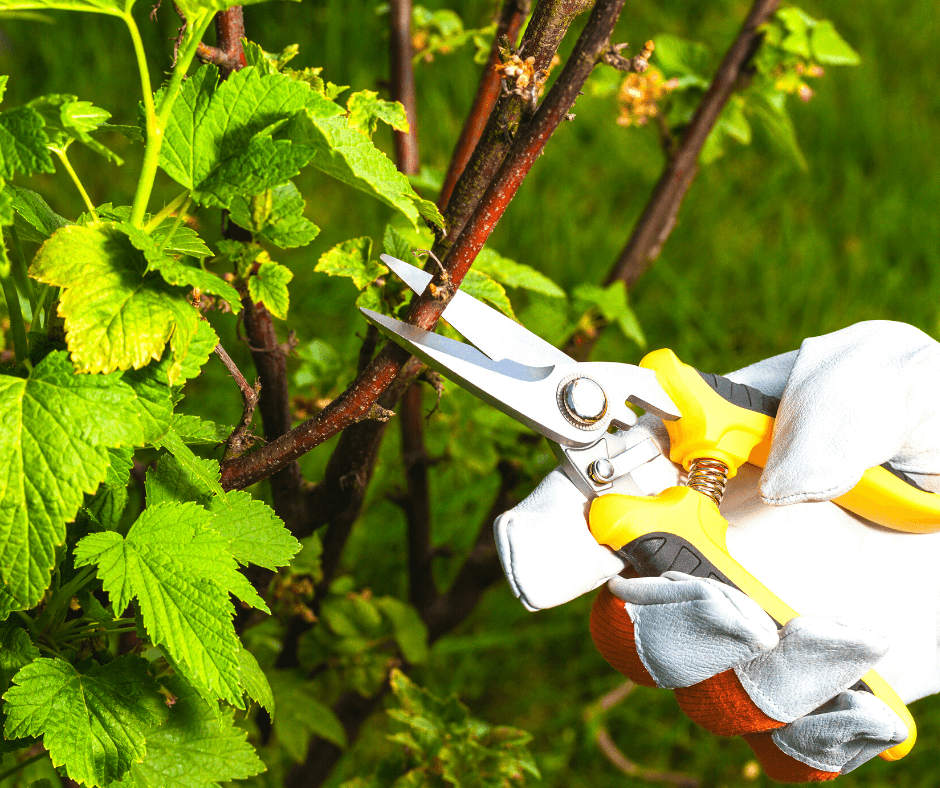
As some of the early-blooming flowering shrubs, such as Forsythia, finish their blooming period, it is a good time to do some pruning if necessary. Remove any branches that tend to be older and weaker because this pruning will encourage new growth that will then bloom next year.
This has been a superb spring for Camellias, and I cannot remember a time when I have seen so many plants with so many flowers. As the flowers fade, they should be removed. Often plants grow much larger than we had intended when they were planted, and I think Camellias are a good example. After they bloom, it is an excellent time to do any necessary pruning.
Click here for more information about spring-bloomers:
- Article: Magnificent Spring Magnolias
- Article: Native Spring Flowering Trees for Bees
- Article: How to Prune Spring-Flowering Shrubs
- Article: Best Fragrant Garden Flowers
Get Spring and Summer Vegetables Started
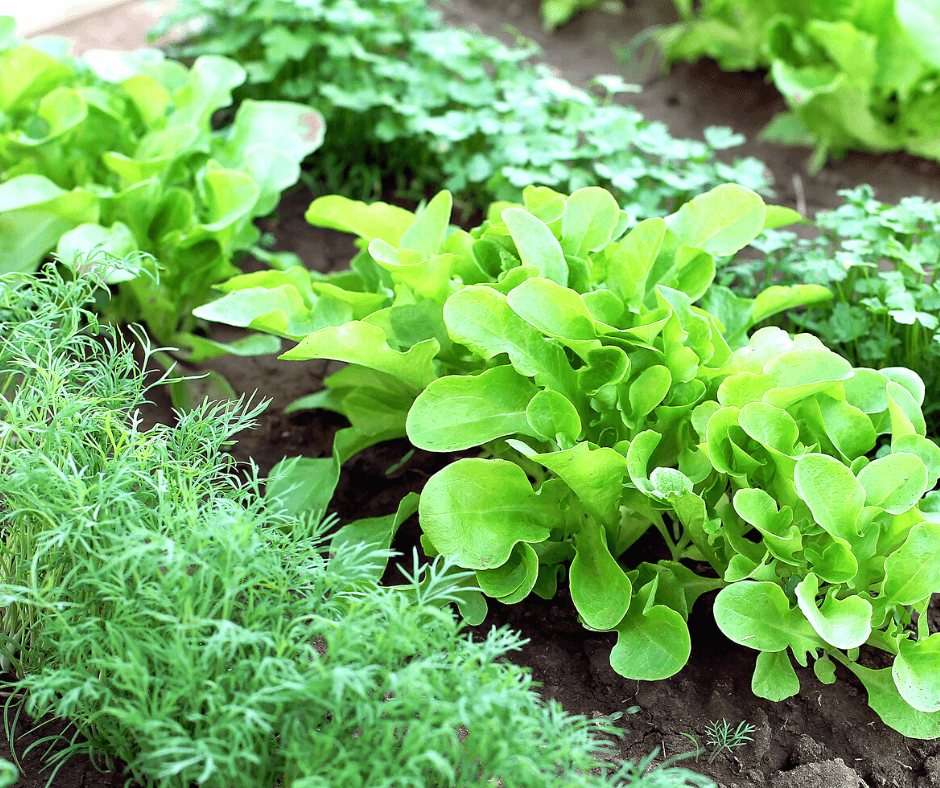
While it is too early to set out tomato plants and other summer vegetables, there are many cool-season vegetables that can be planted now. Vegetables, like lettuce, cabbage, broccoli, and cauliflower can be planted now, and garden centers should have a good selection available. Tomato seeds can be started indoors, and the plants will then be ready to set outside in late May or early June. Peas can be sown outdoors, both edible peas and flowering sweet peas. Sweet pea seeds have a very hard coating, and I have found that soaking the seeds overnight in a bowl of water prior to planting, will speed up germination. (Click here to discover more seeds that appreciate soaking.)
Here are some more resources about planting vegetables in the spring:
- Article: Small-Space Vegetable Gardening
- Article: 10 Essential Tips for New Vegetable Gardeners
- Video: How to Grow Tomatoes From Seed to Harvest
- Article: DIY Seed Starting Part 1
- Article: Best New Herbs and Vegetables for 2022
Prune Roses
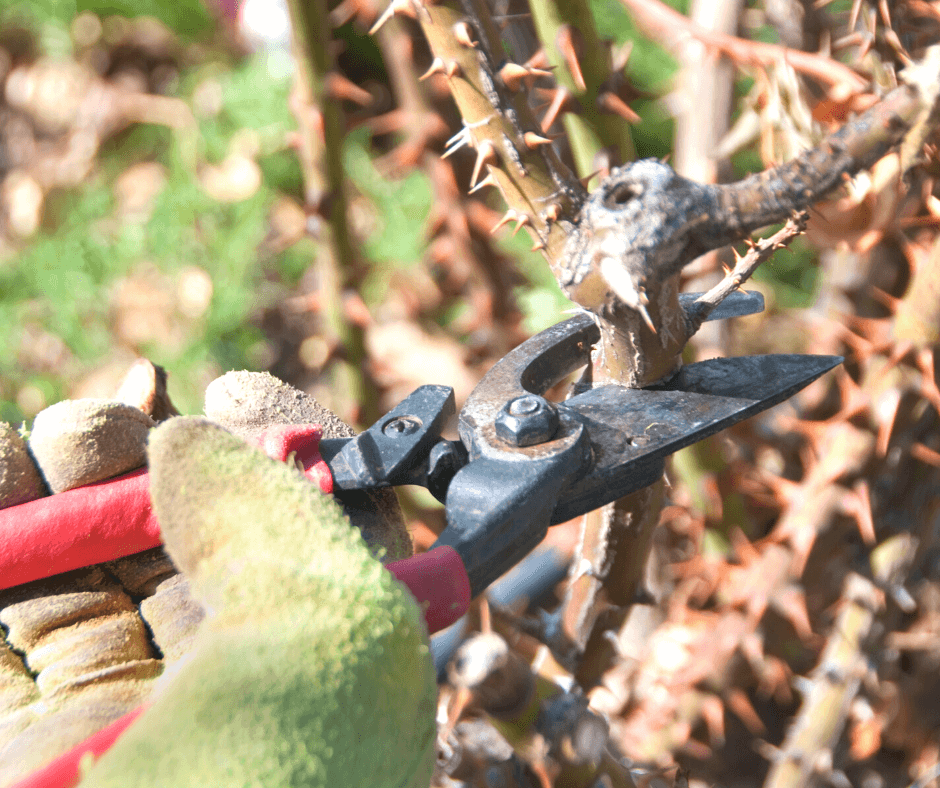
Roses should have been pruned in late winter or earliest spring, but if not, it is better to do it now rather than not at all. Your flowers will probably appear later, but the bushes will be more compact, and the flowers will be within reach.
Click here for more rose pruning and selecting resources:
- Video: How to Prune Hybrid Tea Roses
- Article: Pruning Shrub Roses in the Spring
- Article: Best Disease-Resistant Roses
Don’t let the many tasks of the spring garden overwhelm you. A garden is meant to be enjoyed and to be a place of peace and tranquility. Take the time to enjoy it, most plants are resilient and can stand some neglect. The garden never has to be perfect. It is a growing entity that is constantly changing. Enjoy the changes with it.
Click here to see my Spring Garden Tasks for a Happy Garden from previous years. Happy spring!!!




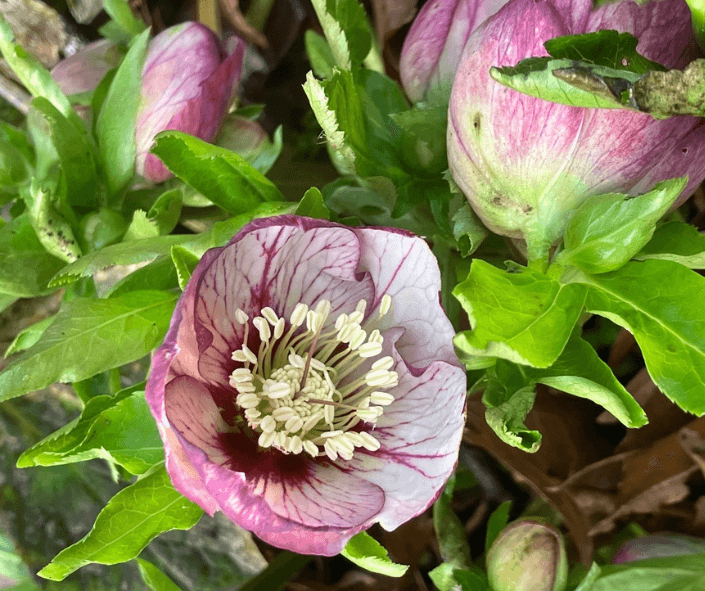
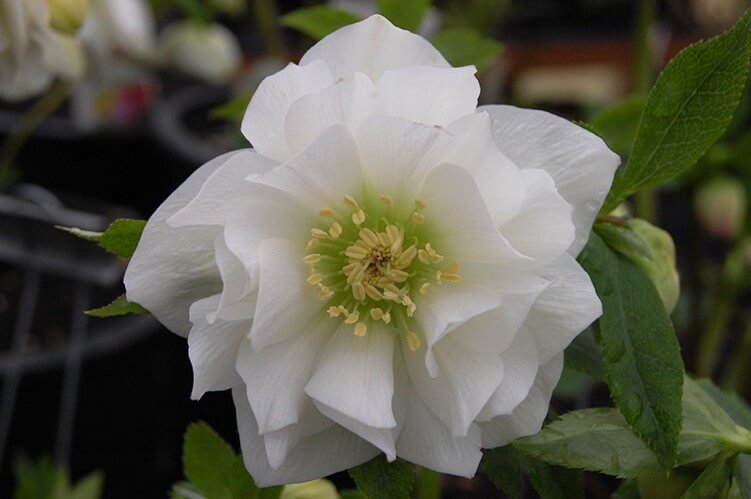
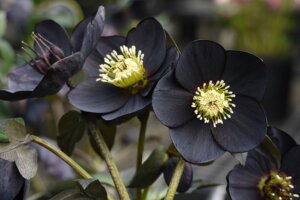 Black Diamond has a true black flower.
Black Diamond has a true black flower.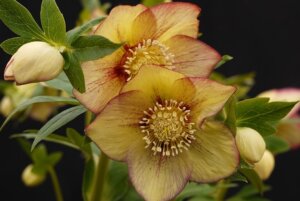 Apricot Blush is a lovely new variety for gardens.
Apricot Blush is a lovely new variety for gardens.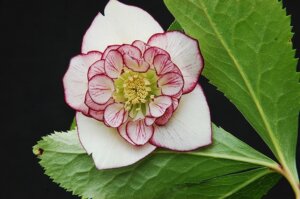 Picotee Pearl is a favorite!
Picotee Pearl is a favorite!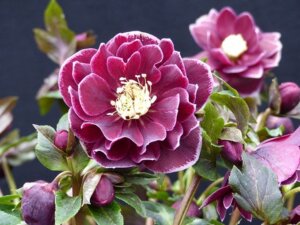 Amethyst Gem has upward-facing double blooms.
Amethyst Gem has upward-facing double blooms.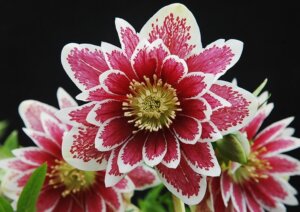 Double Painted has spectacular markings.
Double Painted has spectacular markings.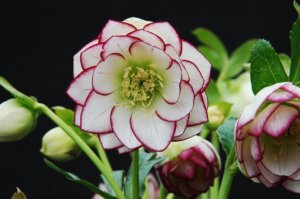 Fire and Ice is clear white with a red edge.
Fire and Ice is clear white with a red edge.